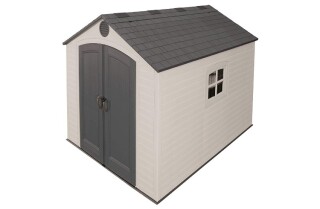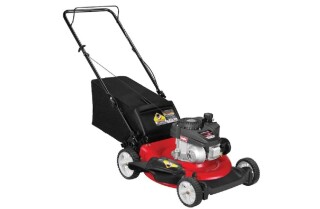If you have never had a garden before but have lately started considering setting one up, or you have kept one for a while now but your knowledge of maintaining it kind of falls short, here is a collection of practical tips that can teach you to groom the garden of your dream.
Watering
Watering helps to keep plant beds moist and is considered the most important aspect of gardening. The best time to water your plants is in the morning, between the hours of 4 am and 8 am or late evenings. This is because the soil is cooler during these periods and so the risks of evaporation are lower. Watering should be done about twice a week.
Manuring
Manures contribute to the growth of your plant by enriching the soil with essential nutrients. While manuring, ensure that you use only manure that has aged for six months or more. This is because fresh manure has a high nitrogen content which could have an adverse effect on the plants. Also, avoid manure from dogs, pigs, and cats as they may contain parasites that are harmful to humans.
Light
This is another very important aspect as it makes food production (photosynthesis) possible for your plants. Whatever location you choose for your garden, make sure it receives at least 8 hours of direct sunlight daily. However, in hot weather, when the temperature rises past 85 degrees, it could cause stunted growth for the plant. To protect the soil from the sun in cases like this, do not cut the grass shorter than 2 inches.
Pruning
Pruning is the cutting of overgrown or dead stems to encourage growth. Pruning periods vary from plant to plant. With some, pruning is best immediately after blooms fade and with others, before. Make sure that you find out the right pruning time for your plants and act accordingly.
Soil Drainage
Asides from the fact that too much wetness allows for the growth of mold, it also clogs the respiration of your plant. Roots need oxygen to thrive, and this is impossible to get when the water component in your soil is excessive. Thus, take note of how well your soil drains and work on improving your soil quality if the need be.
Growing Periods
This knowledge is important for all the plants in your garden so you know what season is best to start growing them and what season to not grow them.
Climate
Certain plants are better suited for certain climates and geographical locations than others. Finding out what plant grows best in your climate and location will make the whole gardening process way more fruitful.
Planting
Ensure that you learn about the best planting seasons for whatever plants you are looking to grow and that you stick to it strictly. This will promote healthy and proper growth in your plants. Also, do not dig or plant in wet soil as this causes damage to the soil structure.
Spacing
While planting, put thought into spacing plants correctly to prevent unhealthy competition for light, water, and nutrients.
Weeding
Weeds affect the proper growth of your plants and to get rid of them, you need to cut them off, either from the roots or stem. Although the best weeding techniques are hand-weeding and hoeing, certain equipment like weed trowels, string trimmers, and brush cutters are used to effectively get rids of weeds. Also, plant beds should be dense, with little space in between them to prevent the further growth of weeds.
Final Thoughts
A home garden can add a touch of sophistication to your space and will give a great first impression to all those entering your home. Creating a garden is one thing and maintaining it is another. However, the above-outlined tips should help you whether you are a newbie or a seasoned gardener.










